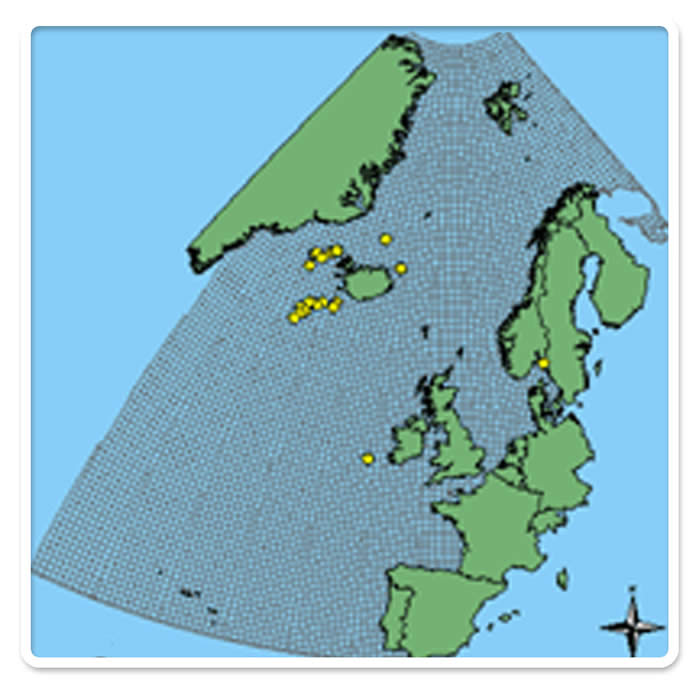 |
|||
Deep-sea sponge aggregations
The north-east Atlantic deep sea contains abundant aggregations of the hexactinellid sponge Pheronema carpenteri at depths of ~1000 m to 1300 m. These aggregations appear to be directly related to increased abundance and richness of the macrofauna, particularly where there are large deposits of sponge spicules in the immediate area. Dense spicule mats deposited by sponges may have several effects on the benthic community; for example providing a hard substrate that is suitable for colonisation by actiniarians, hydroids and bryozoans. They also suggest spicule mats and sponge bodies may serve as refuge for prey species, as well as serving to trap particulate matter and phytodetritus. In the north Pacific, the stalks of some species of hexactinellid sponge form a substrate for epifaunal species to colonise as well as accumulating sediments which polychaete worms and copepods may colonise.
|
© All rights reserved Launched 01/09/05
